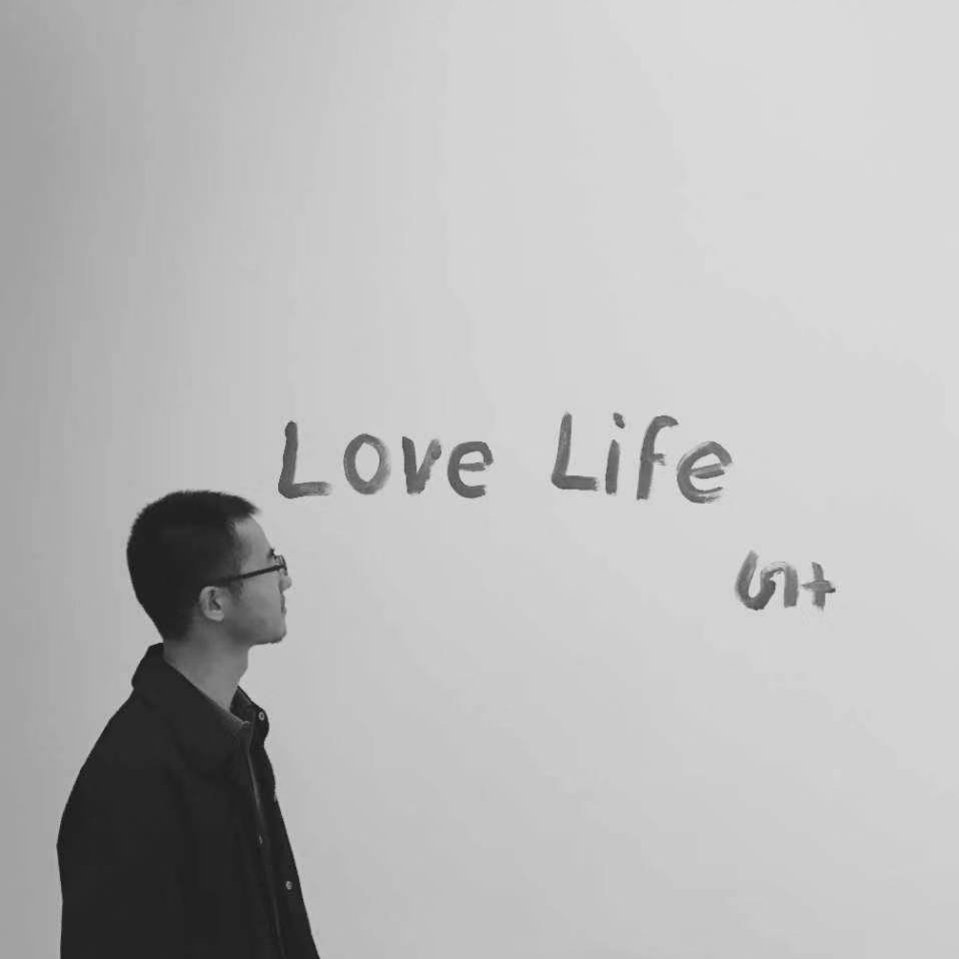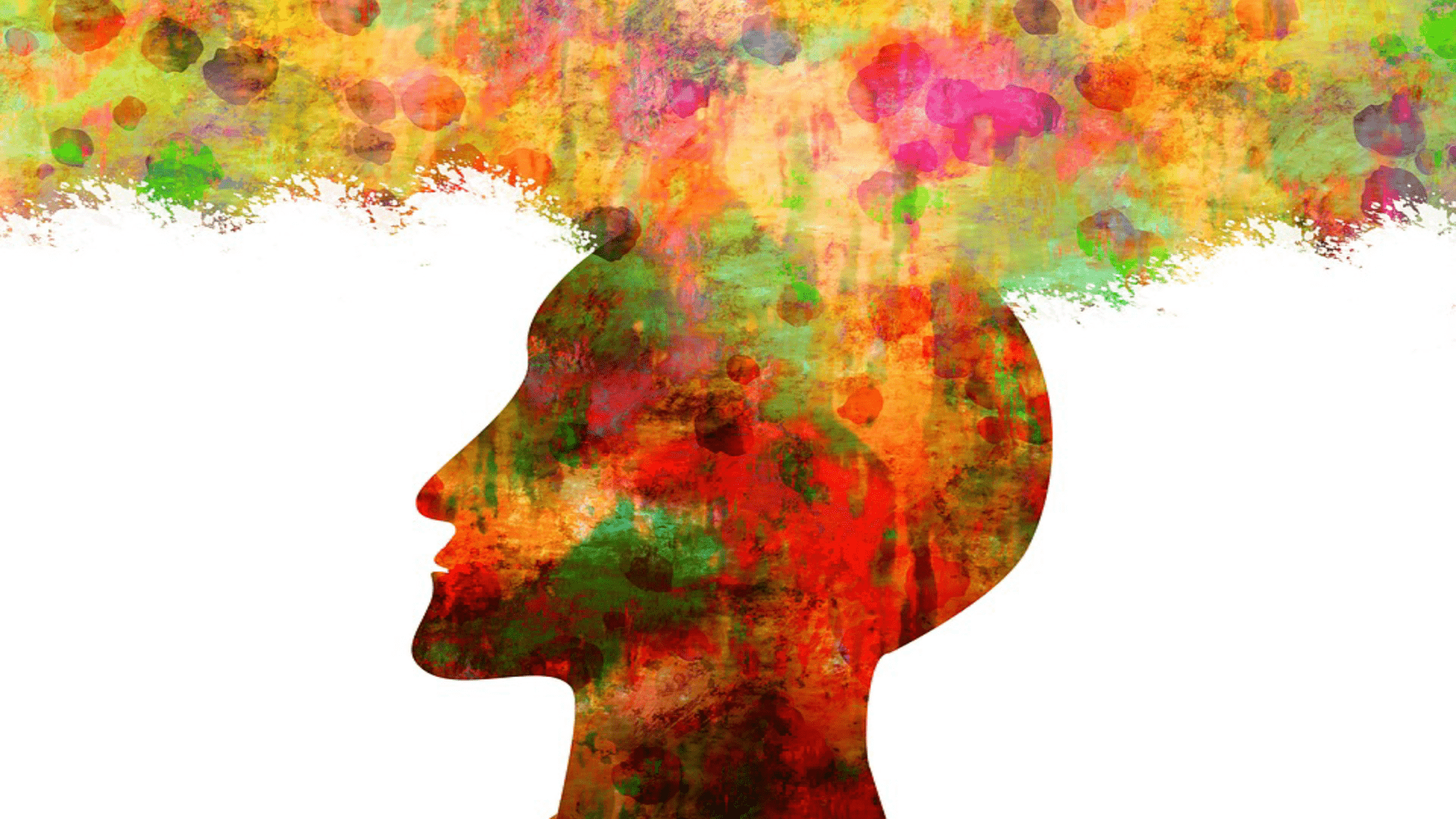How does evidence from brain-damaged patients, cortical stimulation and neuroimaging tell us about the brain laterality of visual imagery?
Abstract
Visual mental imagery is the faculty whereby we can “visualize” objects that are not in our line of sight. Longstanding evidence dating back over thirty years has shown that unilateral brain lesions, especially in the left temporal lobe, can impair aspects of this ability. Yet, there is currently no attempt to identify analogies between these neuropsychological findings of hemispheric asymmetry and those from other neuroscientific approaches. Here, we present a critical review of the available literature on the hemispheric laterality of visual mental imagery, by looking at cross-method patterns of evidence in the domains of lesion neuropsychology, neuroimaging, and direct cortical stimulation. Results can be summarized under three main axes. First, frontoparietal networks in both hemispheres appear to be associated with visual mental imagery. Second, lateralization patterns emerge in the temporal lobes, with the left inferior temporal lobe being the most common finding in the literature for endogenously generated images, especially, but not exclusively, when orthographic material is used to ignite imagery. Third, an opposite pattern of hemispheric laterality emerges when visual mental images are induced by exogenous stimulation; direct cortical electrical stimulation tends to produce visual imagery experiences predominantly when applied to the right temporal lobe. These patterns of hemispheric asymmetry are difficult to reconcile with the dominant model of visual mental imagery, which emphasizes the implication of early sensory cortices. They suggest instead that visual mental imagery relies on large-scale brain networks, with a crucial participation of high-level visual regions in the temporal lobes.
Link to paper here



Leave a comment